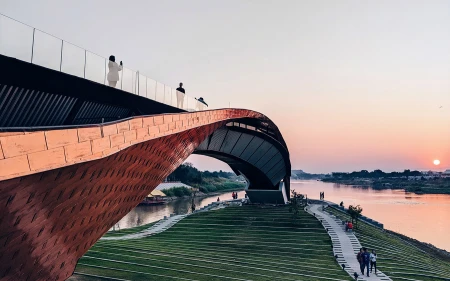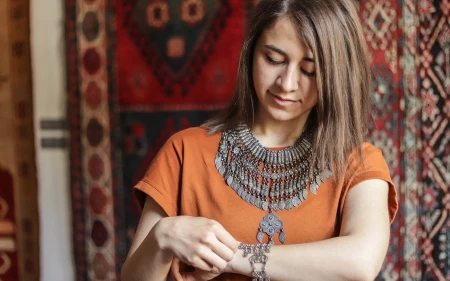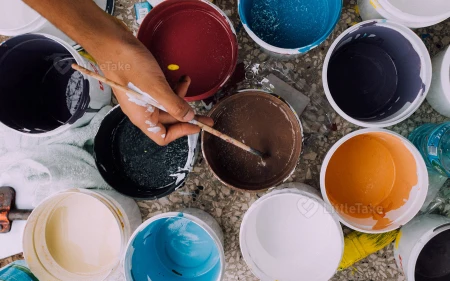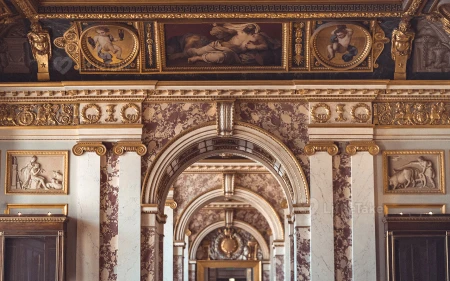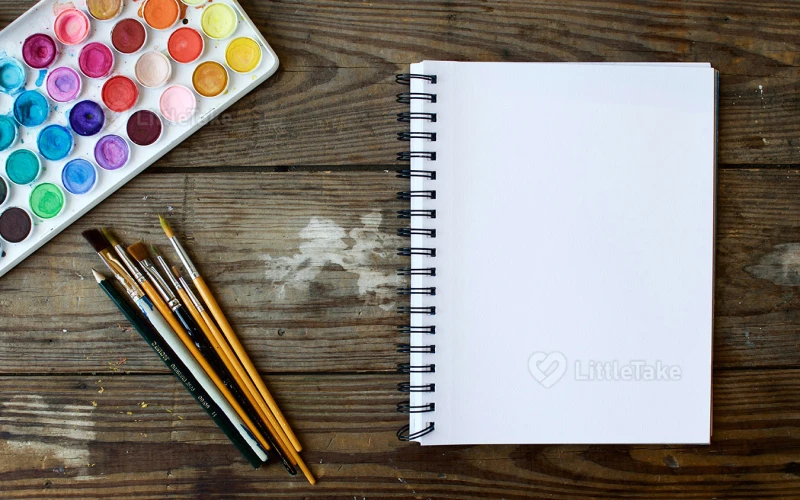
Art History Timeline and Periods
Explore the fascinating timeline of art history, highlighting major periods and movements that have shaped the world of art.
1. Prehistoric Art (c. 40,000 - 4,000 BCE)
Prehistoric art includes cave paintings, petroglyphs, and sculptures, reflecting early human creativity and storytelling.
2. Ancient Art (c. 4,000 BCE - 4th century CE)
Ancient art encompasses Egyptian, Mesopotamian, Greek, and Roman art, which display advancements in sculpture, painting, and architecture.
3. Medieval Art (c. 5th - 14th century)
Medieval art, including Byzantine, Romanesque, and Gothic styles, is characterized by religious themes and ornate decoration.
4. Renaissance (c. 14th - 17th century)
The Renaissance marks a rebirth of classical ideas, promoting realism, humanism, and scientific inquiry in art and architecture.
5. Baroque and Rococo (c. 17th - 18th century)
Baroque and Rococo art are known for their drama, grandeur, and ornamentation, reflecting the opulence of the era.
6. Romanticism (c. 18th - 19th century)
Romanticism emphasizes emotion, individualism, and nature, celebrating the imagination and challenging academic norms.
7. Realism and Impressionism (c. 19th century)
Realism and Impressionism capture everyday life and fleeting moments, focusing on light, color, and the artist's perception.
8. Modern Art (c. 19th - 20th century)
Modern art features diverse movements such as Cubism, Surrealism, and Abstract Expressionism, breaking with traditional artistic conventions.
9. Contemporary Art (c. 1970 - present)
Contemporary art reflects the complex issues and ideas of today's world, embracing a wide range of media and styles.
Real-life Example: Emma's Art History Journey
Emma, an art student, embarked on a journey through art history to deepen her understanding of the creative world. She started with prehistoric cave paintings, admiring the storytelling and imagination of early humans. Next, she explored the sophistication and craftsmanship of ancient art, from the Great Pyramids of Egypt to the lifelike sculptures of ancient Greece.
As Emma delved into the medieval period, she appreciated the religious themes and ornate decoration in illuminated manuscripts and Gothic cathedrals. She then marveled at the Renaissance masterpieces of Leonardo da Vinci and Michelangelo, witnessing a rebirth of classical ideas and humanistic principles.














